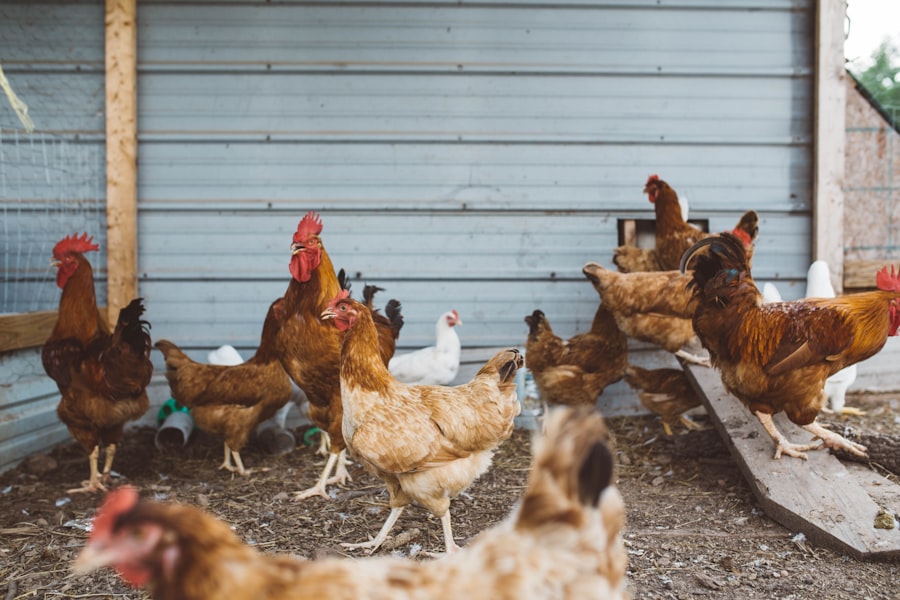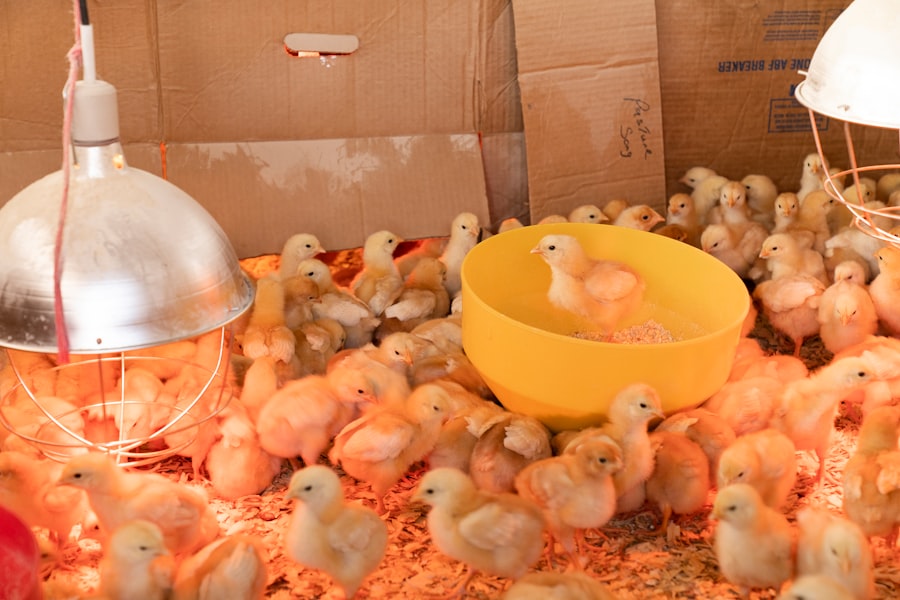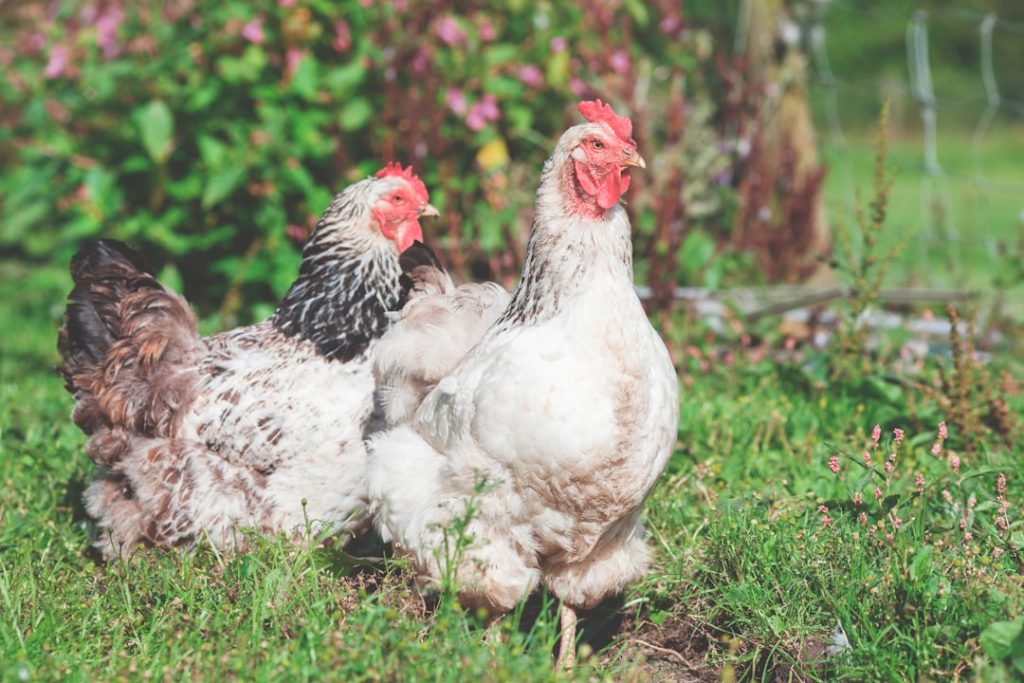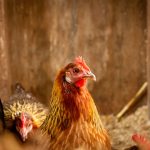Understanding the risks associated with maintaining a secure enclosure for pets is essential for ensuring their safety and the safety of others. One primary concern is the potential for pets to escape, which can lead to harm to themselves or others, particularly with large or aggressive dog breeds. There is also a risk of pet theft if animals are not adequately secured, causing emotional distress and financial burden for owners.
Another significant risk is the possibility of pets being attacked by other animals if not properly contained, potentially resulting in serious injuries or death. Additionally, unsupervised pets may cause property damage or injure themselves by chewing on furniture, digging up yards, or accessing toxic substances. This can be costly for owners and dangerous for the pet’s health.
Exposure to dangerous wildlife or toxic plants is another concern for improperly contained pets, which can lead to serious health issues and expensive veterinary bills. By understanding these risks, pet owners can take necessary precautions to prevent such situations and maintain the safety and security of their animals.
Table of Contents
Key Takeaways
- Understanding the Risks
- Recognize potential dangers and hazards in the environment
- Identify common triggers for unwanted behavior
- Understand the importance of proactive measures in preventing incidents
- Building a Secure Enclosure
- Create a safe and secure space for the individual
- Use sturdy materials and secure locks to prevent escape
- Consider the individual’s specific needs and behaviors when designing the enclosure
- Providing Proper Distractions
- Offer engaging and stimulating activities to redirect attention
- Use toys, puzzles, and interactive games to keep the individual occupied
- Ensure the distractions are safe and appropriate for the individual’s age and abilities
- Training and Supervising
- Provide proper training for caregivers and supervisors
- Implement consistent supervision to prevent risky behavior
- Use positive reinforcement and clear communication to guide behavior
- Utilizing Physical Barriers
- Install gates, fences, or barriers to limit access to dangerous areas
- Use childproof locks and latches to secure cabinets and doors
- Consider the individual’s strength and agility when choosing physical barriers
- Using Deterrents
- Use alarms, sensors, or other deterrents to discourage unwanted behavior
- Consider the individual’s sensitivities and adjust deterrents accordingly
- Regularly assess the effectiveness of deterrents and make necessary adjustments
- Seeking Professional Help
- Consult with professionals for personalized risk assessment and guidance
- Seek advice from therapists, behavior specialists, or safety experts
- Consider professional intervention for complex or high-risk situations
Building a Secure Enclosure
Choosing the Right Materials
Chain-link fencing or welded wire fencing are popular choices for dog enclosures as they are sturdy and difficult for pets to break through.
Designing a Secure Enclosure
It’s also important to ensure that the enclosure is tall enough to prevent your pet from jumping over it, especially if you have a large or athletic breed of dog. Additionally, it’s crucial to make sure that there are no gaps or weak spots in the enclosure that your pet could exploit to escape.
Providing Comfort and Stimulation
Another important aspect of building a secure enclosure is providing adequate shelter and shade for your pet. This can include a dog house or a covered area where your pet can seek refuge from the elements. It’s also important to provide access to fresh water at all times, especially during hot weather. In addition to shelter and water, it’s important to provide your pet with toys and enrichment activities to keep them mentally stimulated while in their enclosure. This can help prevent boredom and reduce the likelihood of your pet trying to escape out of frustration. By taking these steps, you can ensure that your pet’s enclosure is secure and comfortable, reducing the risk of escape and keeping them safe.
Providing Proper Distractions

Providing proper distractions for your pet is essential in keeping them content and reducing the likelihood of escape attempts. One way to do this is by providing interactive toys and puzzles that can keep your pet mentally stimulated while in their enclosure. This can help prevent boredom and reduce the likelihood of your pet trying to escape out of frustration.
Another way to provide distractions is by providing access to chew toys and bones that can keep your pet occupied and prevent them from chewing on the enclosure or trying to escape. It’s also important to rotate these toys regularly to keep them interesting for your pet. In addition to toys, it’s important to provide your pet with regular exercise and mental stimulation outside of their enclosure.
This can include daily walks, playtime, and training sessions that can help keep your pet happy and fulfilled. By providing these distractions, you can reduce the likelihood of your pet trying to escape out of boredom or frustration, keeping them safe and secure in their enclosure.
Training and Supervising
Training and supervising your pet are crucial in preventing escape attempts and ensuring their safety while in their enclosure. One important aspect of training is teaching your pet basic obedience commands such as “sit,” “stay,” and “come.” These commands can be useful in controlling your pet and preventing them from trying to escape when they are outside of their enclosure. It’s also important to supervise your pet while they are in their enclosure to ensure that they are not exhibiting any signs of distress or attempting to escape.
Regular supervision can help you identify any potential issues with the enclosure or your pet’s behavior before they become a problem. Another important aspect of training is socialization, especially for dogs. Proper socialization can help reduce anxiety and prevent aggressive behavior, reducing the likelihood of escape attempts.
It’s important to expose your pet to a variety of people, animals, and environments from a young age to help them feel comfortable and confident in different situations. By providing proper training and supervision, you can reduce the likelihood of escape attempts and ensure the safety of your pet while they are in their enclosure.
Utilizing Physical Barriers
Utilizing physical barriers is an effective way to prevent escape attempts and keep your pet secure in their enclosure. One common physical barrier is a secure fence that is tall enough to prevent your pet from jumping over it. Chain-link fencing or welded wire fencing are popular choices for dog enclosures as they are sturdy and difficult for pets to break through.
It’s also important to ensure that there are no gaps or weak spots in the fence that your pet could exploit to escape. Another physical barrier that can be used is an underground electric fence system. This type of system uses a buried wire that emits a mild electric shock when your pet approaches the boundary.
While controversial, some pet owners find this system effective in preventing escape attempts without the need for a visible fence. However, it’s important to note that this system should be used in conjunction with proper training and supervision to ensure the safety and well-being of your pet.
Using Deterrents

Motion-Activated Deterrents
One common deterrent is the use of motion-activated sprinklers or alarms that can startle your pet if they approach the boundary of their enclosure. This can help deter them from trying to escape without causing any harm or discomfort.
Natural and Chemical Repellents
Another deterrent that can be used is the use of natural or chemical repellents that can discourage your pet from approaching the boundary of their enclosure. This can include citrus sprays, bitter apple sprays, or commercial repellent products that are designed to deter pets from certain areas.
Safe and Effective Use
It’s important to use these deterrents carefully and according to the manufacturer’s instructions to ensure the safety and well-being of your pet.
Seeking Professional Help
If you are struggling to keep your pet secure in their enclosure, it may be beneficial to seek professional help from a qualified animal behaviorist or trainer. These professionals can assess your pet’s behavior and provide guidance on how to address any issues that may be contributing to escape attempts. They can also provide valuable training techniques and behavior modification strategies that can help keep your pet safe and secure in their enclosure.
In some cases, seeking professional help may also involve consulting with a veterinarian to address any underlying medical issues that may be contributing to escape attempts. For example, if your pet is experiencing anxiety or fear-related behaviors, a veterinarian may be able to prescribe medication or recommend alternative therapies that can help alleviate these issues. Overall, seeking professional help can provide valuable support and guidance in addressing escape attempts and ensuring the safety of your pet while they are in their enclosure.
By working with qualified professionals, you can develop a comprehensive plan to keep your pet secure and prevent escape attempts, ultimately providing peace of mind for you as a pet owner. In conclusion, understanding the risks associated with keeping a secure enclosure for your pet is crucial in ensuring their safety and well-being. By taking proactive measures such as building a secure enclosure, providing proper distractions, training and supervising, utilizing physical barriers, using deterrents, and seeking professional help when needed, you can reduce the likelihood of escape attempts and keep your pet safe and secure.
Ultimately, by prioritizing the safety of your pet, you can enjoy peace of mind knowing that they are well-protected in their environment.
If you’re looking for more tips on keeping chickens safe and secure, you might want to check out this article on chicken coop run plans. It offers valuable information on how to build a secure and spacious run for your chickens, which can help keep them out of the road and other potential dangers.
FAQs
What are the risks of chickens being in the road?
Chickens in the road pose a risk of being hit by vehicles, causing harm to the chickens and potentially causing accidents for drivers.
Why do chickens wander into the road?
Chickens may wander into the road in search of food, to explore new areas, or to follow a flock member. They are naturally curious and may not recognize the road as a dangerous area.
How can I keep chickens out of the road?
To keep chickens out of the road, it’s important to provide them with a secure and spacious coop and run. Regularly check for any gaps or openings in the fencing that could allow chickens to escape. Additionally, providing enrichment and ensuring they have access to food and water can help keep them content and less likely to wander.
Are there any deterrents to keep chickens away from the road?
Some deterrents to keep chickens away from the road include using motion-activated sprinklers, visual deterrents such as scarecrows or reflective objects, and audible deterrents such as noise-making devices. It’s important to use humane methods that do not harm the chickens.
What should I do if I see chickens in the road?
If you see chickens in the road, try to safely guide them back to their property if possible. If the chickens belong to someone else, you can also try to contact the owner to inform them of the situation. If the chickens are causing a traffic hazard, contact local authorities for assistance.
Meet Walter, the feathered-friend fanatic of Florida! Nestled in the sunshine state, Walter struts through life with his feathered companions, clucking his way to happiness. With a coop that’s fancier than a five-star hotel, he’s the Don Juan of the chicken world. When he’s not teaching his hens to do the cha-cha, you’ll find him in a heated debate with his prized rooster, Sir Clucks-a-Lot. Walter’s poultry passion is no yolk; he’s the sunny-side-up guy you never knew you needed in your flock of friends!







